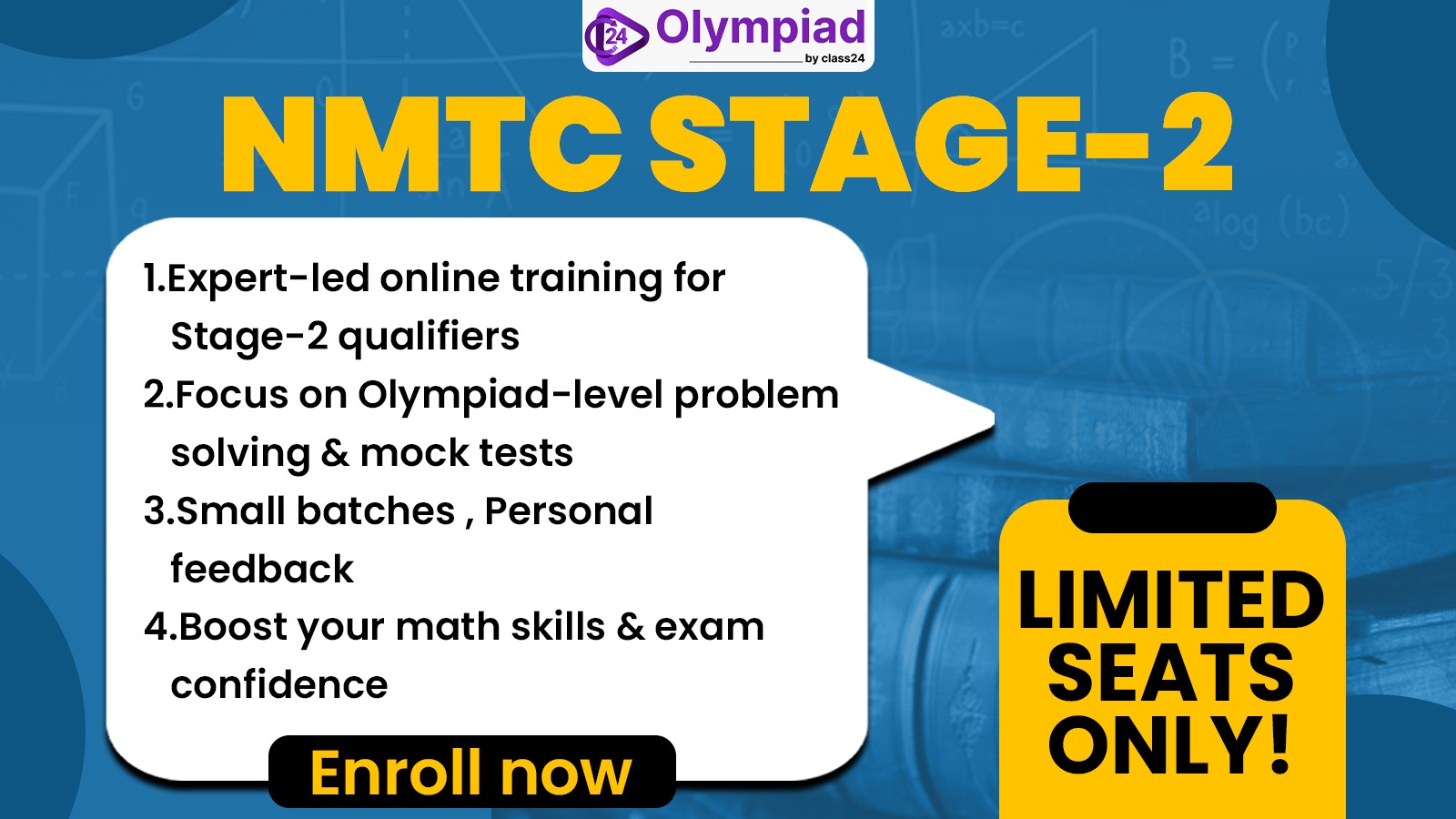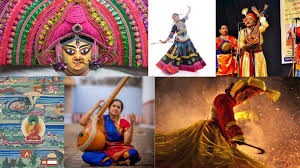
India has the world's biggest collection of tangible heritage artifacts that date back from the prehistoric age up to colonial times. The heritage documentation activities of the ASI and State Archaeology Departments and INTACH have resulted in parts of heritage documentation but much heritage content remains unrecorded or undocumented. Research together with conservation efforts and management becomes hindered because of the lack of a single database. The National Mission on Monuments and Antiquities (NMMA) launched a systematic program for digital documentation and creation of databases which covers built heritage sites and antiquities. Standardized documentation along with training programs and public awareness initiatives will help NMMA establish a comprehensive national database which will protect India's cultural heritage.
National Mission on Monuments and Antiquities (NMMA)
-
Born in 2007 as part of the National Mission on Monuments and Antiquities (NMMA) the organization leads documentation efforts for Indian built heritage landmarks and antiquities collection.
-
The organization has successfully developed national registers which contain information about monuments and antiquities.
Achievements of NMMA:
-
Digitization of Antiquities under NMMA resulted in the digitization of 12,34,937 antiquities which include 4,46,068 items from ASI Museums/Circles/Branches and 7,88,869 antiquities from other institutions.
-
The documentation activity covers 11,406 sites and monuments across the country.
-
For the FY 2024-25 budgetary funds amounting to Rs. 20 lakh were allocated to NMMA.
Objectives of NMMA:
-
The establishment of a national database with documentation about built heritage sites and antiquity monuments aims to enhance research opportunities for better management decisions.
-
All institutions including central and state departments together with universities and private entities must execute standardized documentation of their antiquities.
-
The organization aims to educate people about sustaining cultural heritage values.
-
A planned training program will be delivered to state departments together with local bodies and museums along with NGOs and universities.
-
The Archaeological Survey of India (ASI) needs to strengthen its organizational relations with state departments and other involved stakeholders.
Ancient Monuments and Archaeological Sites and Remains Act, 1958
The Ancient Monuments and Archaeological Sites and Remains Act, 1958 (AMASR Act 1958) established legislation for safeguarding national importance archaeological sites together with historical monuments and ancient archaeological remains. IOD 1958 protects archaeological excavations as well as sculptures and carvings and other historical objects.
Definition of Ancient Monuments:
-
The AMASR Act 1958 defines an ancient monument through these criteria:
-
Historical monuments along with archaeological sites possess artistic interest when their existence extends beyond 100 years.
-
Such monuments together with their remnants and locations constitute the scope of this definition.
-
The law requires possession of land which surrounds these monuments for preservation purposes.
-
Entrances that allow authority personnel to inspect the monuments exist in their intended locations.
-
NMMA has broadened its documentation efforts to include pre-independence structures with 1950 as the cut-off year because they hold important historical value.
Antiquity & Art Treasure
The Antiquities and Art Treasures Act of 1972 contains the following definitions:
Antiquity Includes:
-
The definition covers any coin and sculpture together with paintings and epigraphs and objects that demonstrate artistic craftsmanship.
-
An object counts as antiquity when it separates from either a building or a cave structure.
-
The definition includes all objects which represent past scientific discoveries as well as artistic works and literature and artifacts from religious beliefs and political movements as well as historical information about science.
-
Any historically significant object over 100 years old.
-
A legal object declaration from the Central Government turns it into an antiquity.
-
Art Treasure:
-
The Central Government has authority to declare a human-made object as an art treasure when it demonstrates artistic or aesthetic value despite not being an antiquity.
Digitization Guidelines
-
The establishment of a national digital database requires NMMA to establish common documentation standards.
-
Built heritage and site images must be saved as files in the TIFF format with 300 dpi resolution.
-
Antiquities photography: TIFF (300 dpi). NEF/RAW digital files need conversion into TIFF in order to capture them properly.
-
The scanning of miniature paintings should be done in TIFF format at 300 dpi resolution with a plain background.
-
Documentation format: MS Excel with separate sheets for each antiquity, heritage site, or built structure.
-
The documentation sheets should contain images and master images of photographs must be stored independently.
Indian Heritage in Digital Space (IHDS) Research
-
Electronic Heritage in Digital Space functions through contemporary digital methods to protect and distribute Indian heritage past the basic documentation stage.
-
This project develops deep interactive systems while developing research methods for academic scholars together with interactive tools for the public audience.
Objectives of IHDS:
-
The priority is to support digital heritage technology research especially for the protection of Indian cultural artifacts.
-
IHDS seeks to develop an open crowdsourcing system which enables users to construct digital collections of heritage materials.
-
The system establishes all processes required to manage multimedia heritage information for interdisciplinary academic investigations.
The Role of Digital Technologies in Heritage Preservation
Modern digital technology instruments have revolutionized the way we preserve our cultural heritage. These include:
-
3D scanning as well as virtual reconstruction techniques help restore heritage sites lost due to damage or destruction.
-
High-resolution digital archives for manuscripts, monuments, and artifacts.
-
Virtual reality & interactive experiences for education and tourism.
-
AI & computer vision for enhanced research in historical analysis and restoration.
Conclusion
India requires the digitized record and documentation of its cultural heritage to protect these artifacts alongside making them accessible to all stakeholders. The National Mission on Monuments and Antiquities (NMMA) participates greatly in heritage conservation through its initiatives to establish standardized documentation systems and train relevant personnel while generating public awareness about preservation efforts. Through technological collaboration NMMA maintains a system which documents India's enormous heritage and safeguards its accessibility for research as well as educational purposes. Such a consolidated database system will serve dual purposes of conservation alongside preservation of cultural heritage for upcoming generations.



 System for Pension Administration – Raksha (SPARSH)
System for Pension Administration – Raksha (SPARSH) Election Commission Delists 474 Unrecognised Political Parties
Election Commission Delists 474 Unrecognised Political Parties Clean Plant Programme: India’s Step Towards Disease-Free Horticulture
Clean Plant Programme: India’s Step Towards Disease-Free Horticulture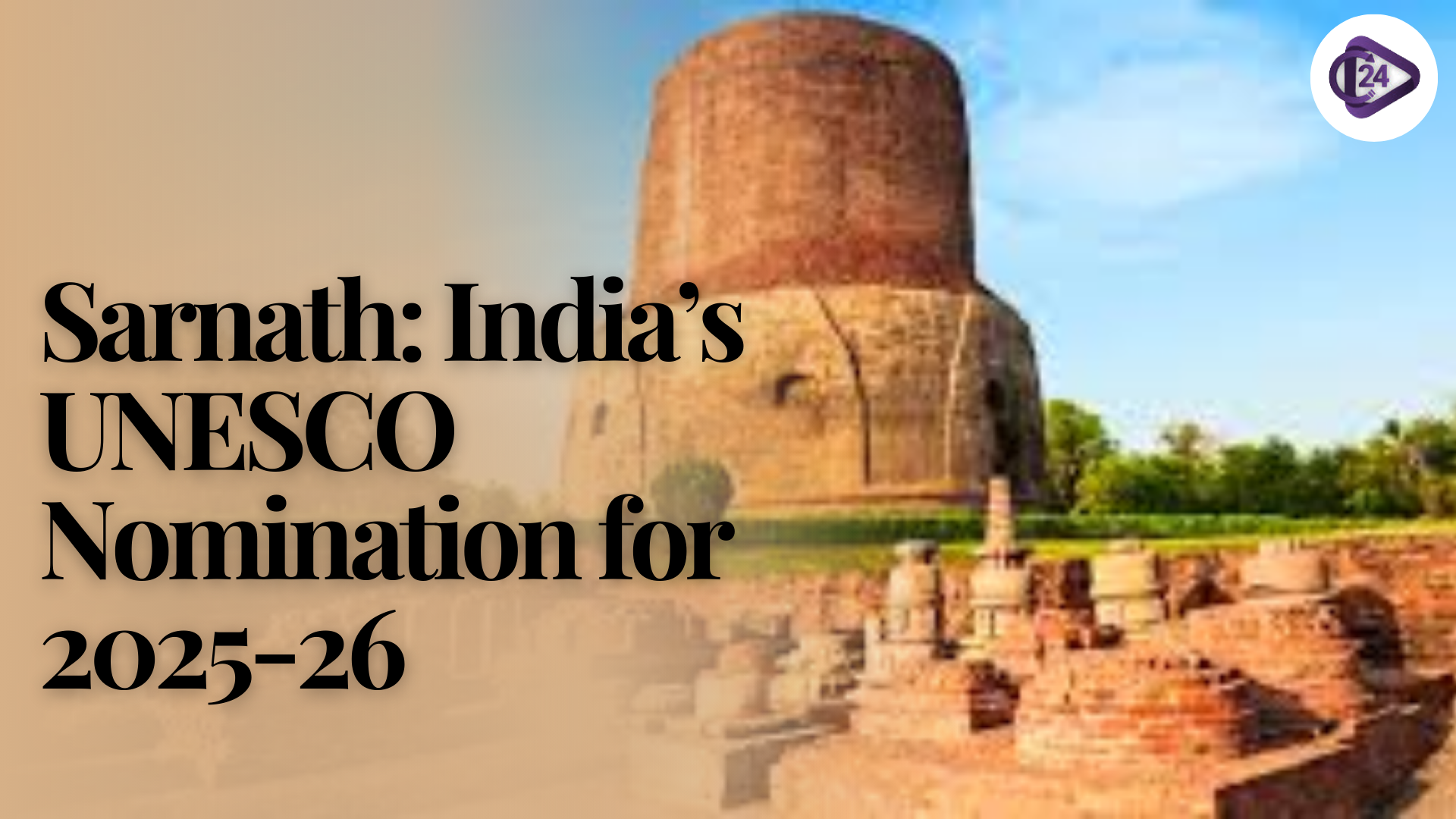 Sarnath Nominated for UNESCO World Heritage List 2025-26
Sarnath Nominated for UNESCO World Heritage List 2025-26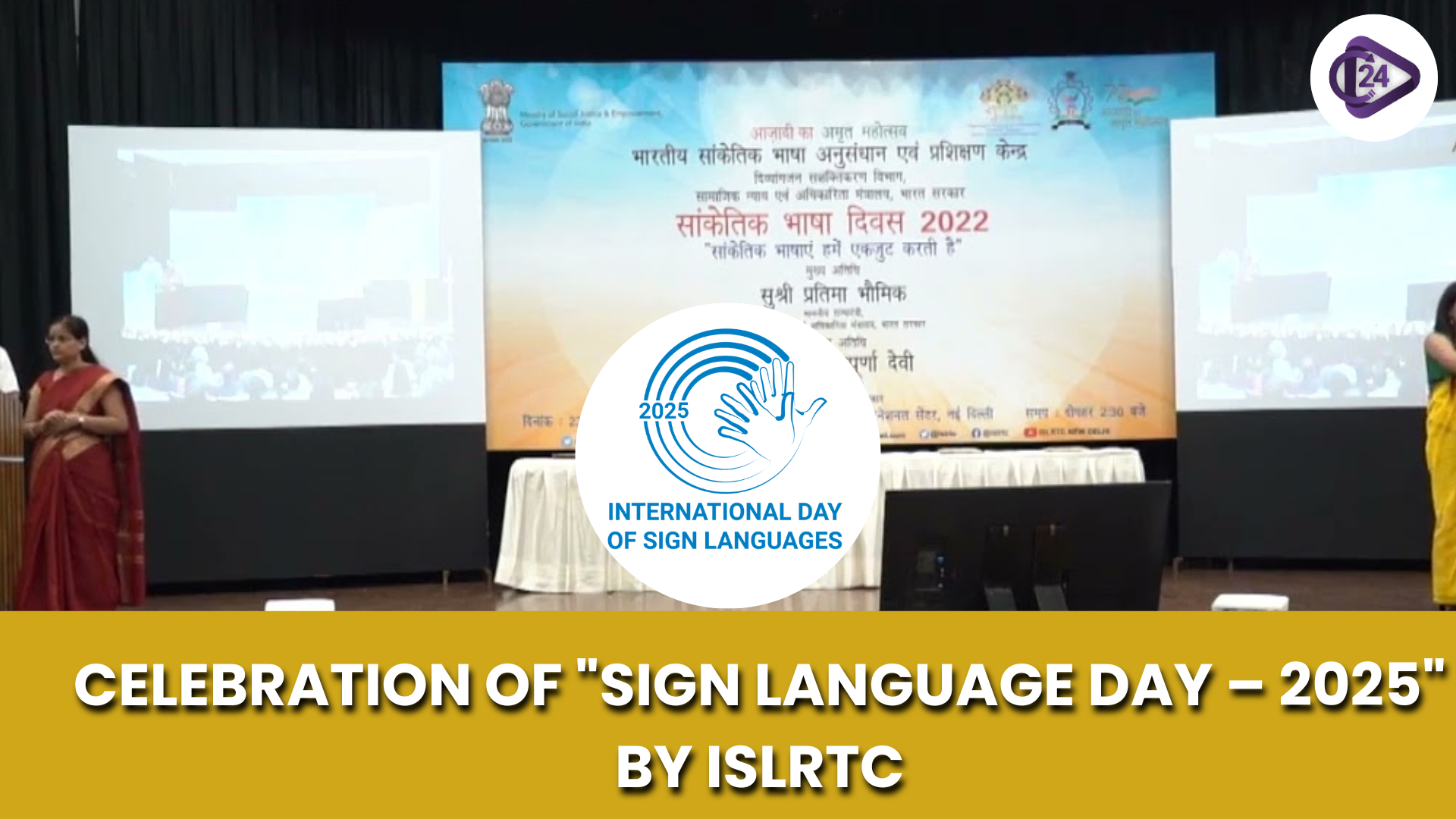 Sign Language Day 2025: ISLRTC Launches Key Initiatives for Deaf Inclusion
Sign Language Day 2025: ISLRTC Launches Key Initiatives for Deaf Inclusion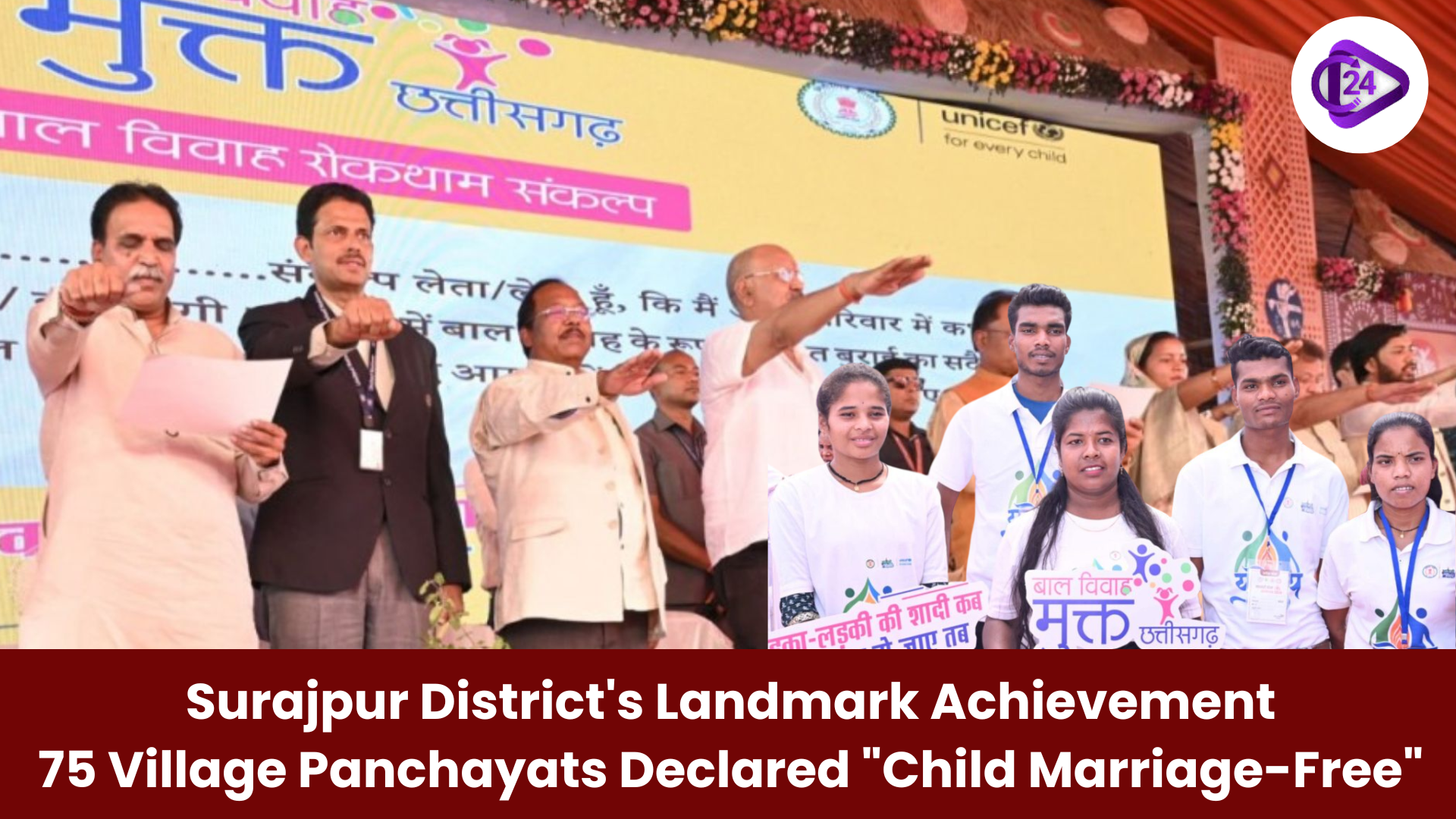 Surajpur Achieves Milestone: 75 Villages Declared Child Marriage-Free
Surajpur Achieves Milestone: 75 Villages Declared Child Marriage-Free Modi to Dedicate Dhordo as India’s Newest Solar Village
Modi to Dedicate Dhordo as India’s Newest Solar Village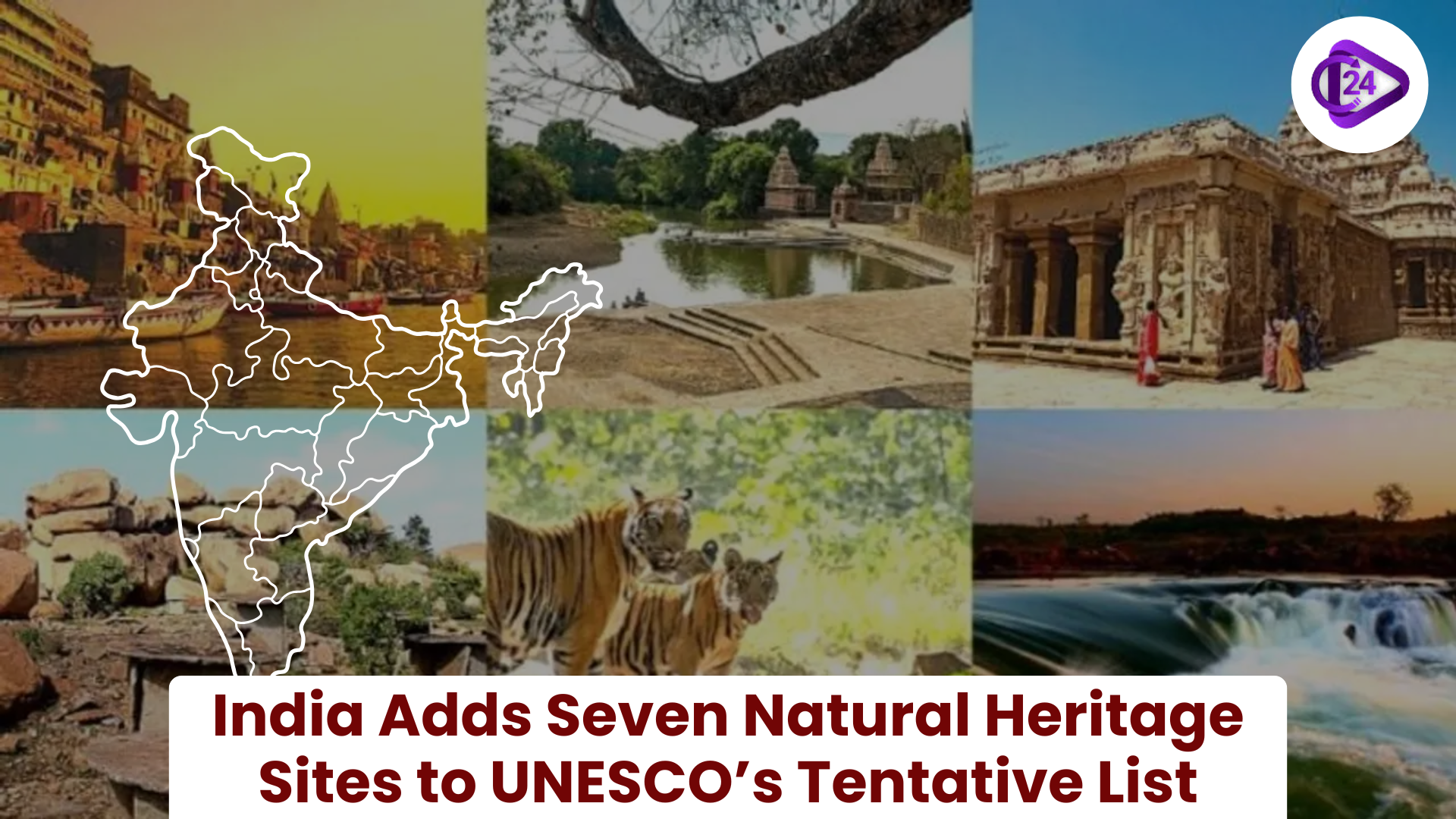 India Adds Seven Natural Heritage Sites to UNESCO’s Tentative List
India Adds Seven Natural Heritage Sites to UNESCO’s Tentative List MNRE Unveils India’s First National Policy on Geothermal Energy
MNRE Unveils India’s First National Policy on Geothermal Energy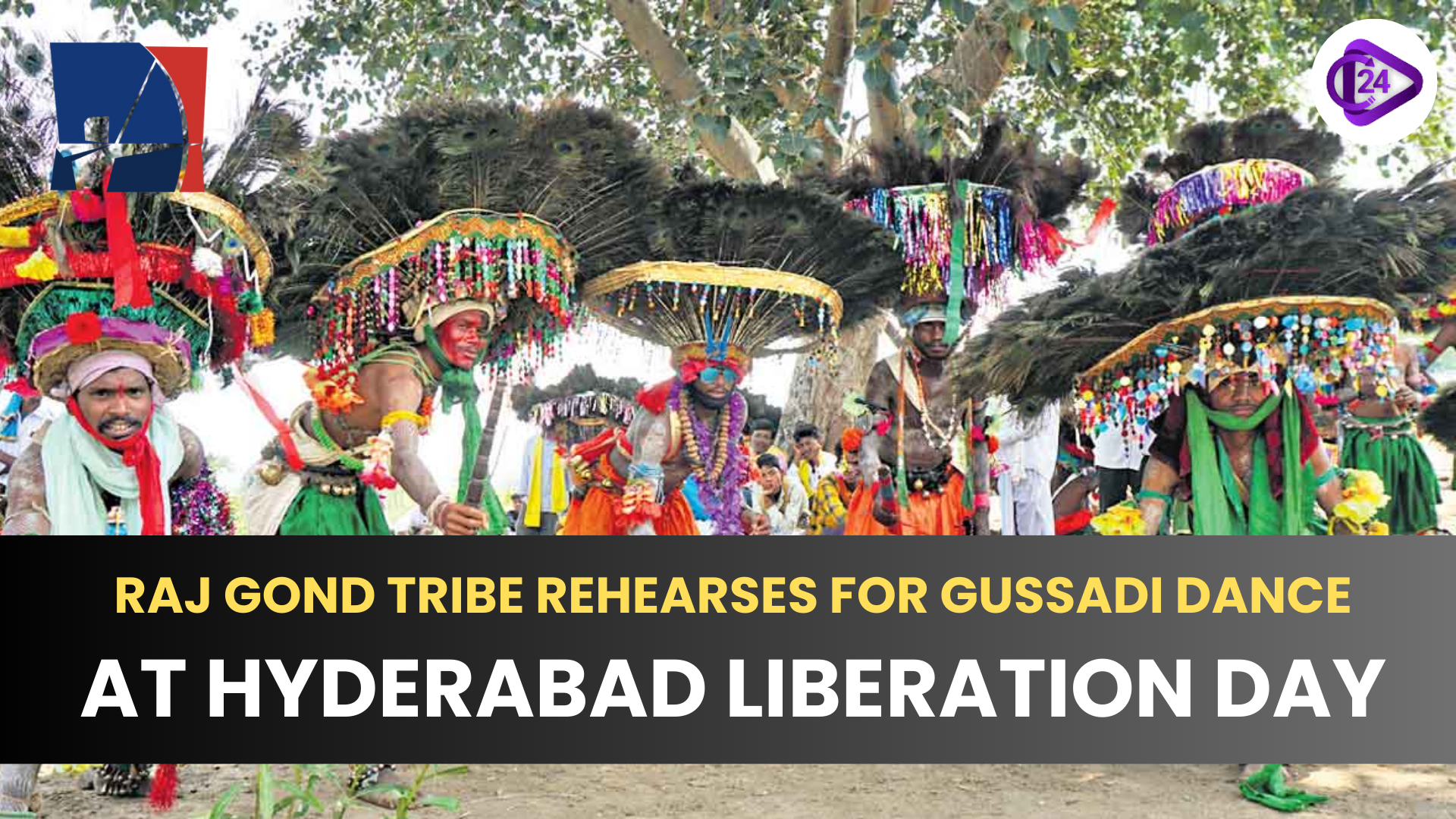 Raj Gond Tribe Rehearses for Gussadi Dance at Hyderabad Liberation Day
Raj Gond Tribe Rehearses for Gussadi Dance at Hyderabad Liberation Day


